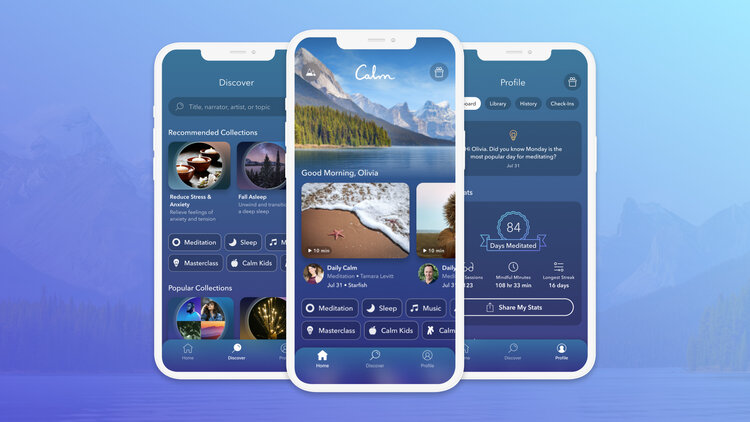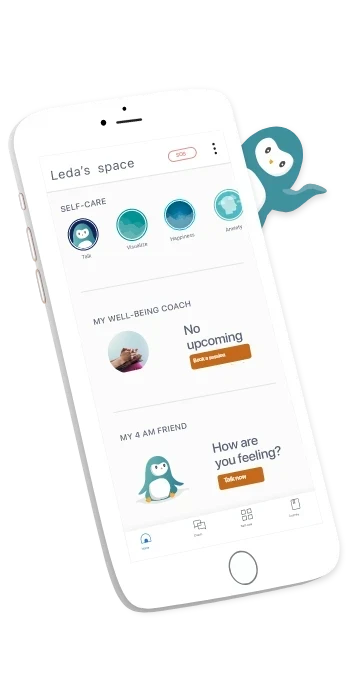In the past two years, we marked a significant time in our history as the coronavirus brought the world to a standstill. While our lives are slowly going back to normal today, the pandemic has definitely changed our lives forever.
Shut down, sleep, and hibernate
Social gatherings, religious practices, cultural festivities, and the like are now easier to host online. Schools and offices remain partially closed, with hybrid setups being explored to hopefully find a balance between physical and virtual interactions. Zoom, Microsoft Teams, Slack, and other digital platforms, however, continue to be crucial in allowing us to study or work from home. While we’ve all somehow found a way to adjust to living life online, the pros don’t come without cons.
Virtual fatigue, or colloquially referred to as “Zoom Fatigue,” is the exhaustion we feel due to prolonged exposure and use of online platforms. Though staying at home sounds more convenient, the work-from-home arrangement eventually became taxing as it blurred the professional and personal lives of those studying or working remotely.
Professor Jeremy Bailenson of the Stanford Virtual Human Interaction Lab identified reasons that cause this burnout, including excessive amounts of close-up eye contact, constantly seeing yourself during video chats, reduced usual mobility, and higher cognitive load in video chats. To measure how much fatigue people feel from video-conferencing, they also devised the Zoom Exhaustion & Fatigue Scale.
Your body and brain need time to recover, and resting is the only way to bounce back. If you find it hard detaching yourself from your devices, these are apps that may help steer you to the direction of rest and relaxation.
mWell
mWell allows you to schedule a telemedicine appointment with a professional anytime you need. Everything is conducted within the app—from accessing doctors’ notes and prescriptions to paying for consultations.
Aside from online consultations, mWell also offers the mWellness Score that enables the users to examine the state of their health and improve their well-being. You can also access customized programs and features suitable for your health needs—all you need to do is provide your lifestyle information and enable permissions for the app! For a more in-depth look at mWell, read more about Wholistic Health at Home with mWell.

From Calm Official Website
Calm
Calm is designed to aid users in achieving restful sleep, meditation, and relaxation in their busy lives. Aside from its unique sleep stories, some features of Calm include:
- Calm Body features simple physical activities you can try at home, such as “Morning Wake Up,” “Afternoon Reset,” and “Evening Wind Down” to name a few.
- Breathing Exercises have six categories of calming sounds that you can listen to: Relax, Balance, Restore, Focus, Energize, and Unwind. All you need is to spare some time (between 1 minute to 60 minutes) so you can perform these exercises.
- Calm Masterclass has a wide array of short courses you can watch, covering topics on mind relaxation, healthy mental well-being, life lessons, and tips to get better sleep.
Calm is free, but subscription plans are also available to access all the app’s features: ₱2,590 for annual or ₱18,000 for a lifetime subscription. You can also go on a free one-week trial to check if the app is for you.
Wysa
Wysa helps users manage stress of all sorts by blending AI-guided listening with professional expert support available 24/7. The app requires three subscription plans: Weekly (₱1,050/session), Monthly (₱887/session; ₱3,550/monthly), and Quarterly (₱533/session; ₱6,400/quarterly). Your subscription lets you access over 100+ mindfulness libraries of exercises, sleep stories, meditations, and scientifically proven therapeutic exercises.

From Wysa Official Website
Your health matters the most—and health is not only about the physical, but also the mental and emotional aspects of your well-being. Whenever your mind and body call you to rest, give yourself a break and leave the red zone. As we continue to face the challenges of our modern lifestyle, there is no one way of dealing with work-induced stress and anxiety. While we invest in anything material, it is imperative that we invest in our well-being, too!